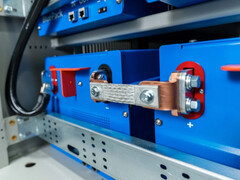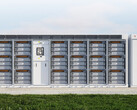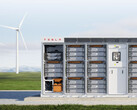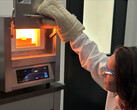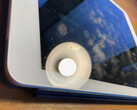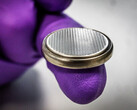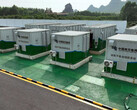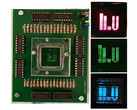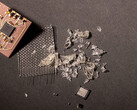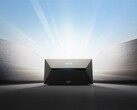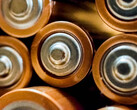In Holland, a town on Lake Michigan, Natron Energy's first factory for the large-scale production of sodium-based batteries has started operations. This marks another three years since the presentation of the energy storage system, which is primarily designed as a buffer for renewable energies.
According to the company, the remarkable performance of the battery cells has not changed in the meantime. The service life is stated as 50,000 to 100,000 charging cycles - up to ten times longer than current energy storage systems.
In addition, the available power is said to be four times higher than that of a comparable lithium-ion battery. Added to this is a stated charging time of just 15 minutes. These are values that represent an almost ideal suitability as an electricity storage device or intermediate buffer.
There is one thing Natron Energy's BluePack is not: a lightweight. Compared to lithium-ion batteries, the energy density cannot keep up. This means that only stationary storage really makes sense.
The use of sodium offers further advantages. It reduces dependence on rare earths, and the overall material costs are lower than for conventional battery cells. After all, sodium is one of the most common elements on earth. For every kilogram of lithium, there are 1,000 kilograms of sodium.
Last but not least, Natron Energy shows that existing technology can be reused. The factory is a modified production facility for lithium batteries.
Once it has reached its full capacity, which should be the case by the end of 2025, 600 megawatt hours of sodium batteries can be produced per year. This would be equivalent to 10,000 medium-sized EV-batteries.
Source(s)
businesswire via newatlas




